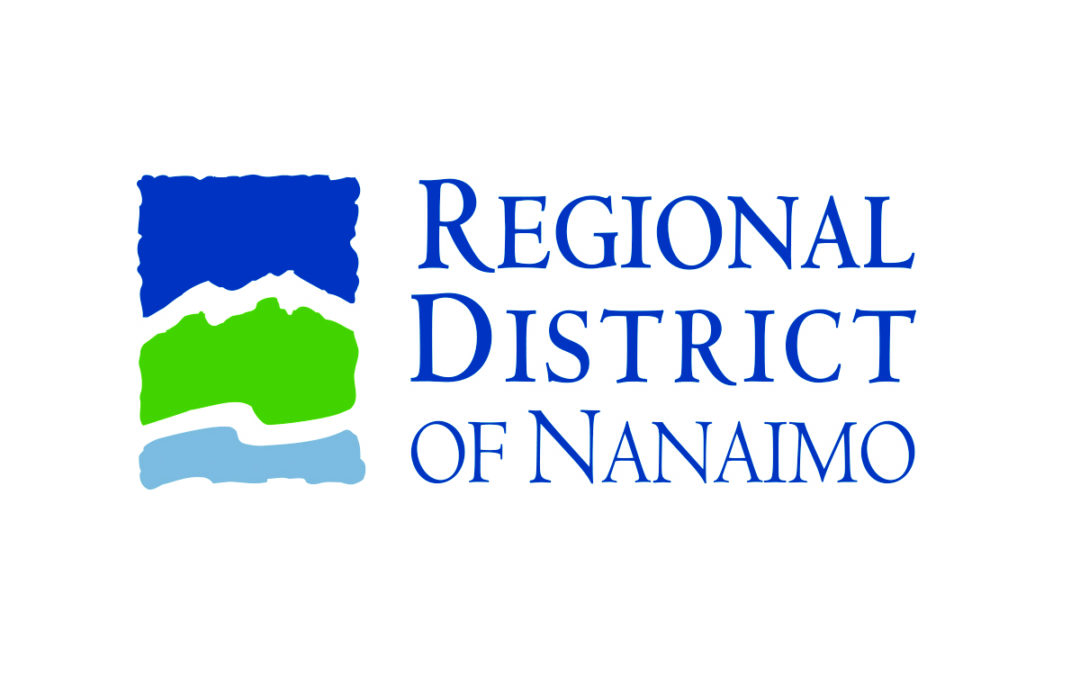Rachelle Stein-Wotten
Local Journalism Initiative Reporter, Gabriola Sounder
The regional landfill’s lifespan is now expected to be longer than estimated previously.
As per a staff report delivered at the June 18 Regional District of Nanaimo board meeting, the 2024 design operations and closure plan shows remaining landfill airspace is 1.65 million cubic metres as of January 1 whereas the 2009 design and operations plan calculated that remaining space in 2024 would be 1.24 million cubic metres.
“This volume of airspace is calculated to extend the lifespan of the landfill until 2046,” an extra 5.4 years than previous estimates, the report says.
RDN staff have been trialling new ways to maximize space in the landfill in recent years including the use of on-board, real-time GPS telemetry systems in heavy equipment; pre-shredding waste with a waste shredder; and increased staff training and engagement, according to the report.
The waste shredder, for example, has improved average density of waste by 23 per cent in an active cell of the landfill.
Overall airspace consumption in 2023 was calculated to have a density of 1.01 tonnes/m3 – the highest annual value achieved at the landfill and above the annual target waste density of 1:1 – compared to the five-year average of 0.91 tonnes/m3. That density was achieved with the waste shredder in use for only three months of the year.
So far in 2024, RDN solid waste services has increased the density of the current landfill cell to 1.17:1. If that ratio is sustained, staff believe it could extend the projected closure of the regional landfill to the 2050s.
Meanwhile, the RDN has applied for a Union of British Columbia Municipalities Community Excellence Award for its regional landfill airspace densification program.
“As landfill airspace is rapidly being consumed, provincially, nationally and globally, the RDN’s regional landfill airspace densification program highlights a path for landfill operators to maximize asset lifecycle while supporting increased sustainability with lower environmental impacts,” the staff report on the award application says. “Shredded waste is easier to manage from an operational standpoint, while higher compaction ratios reduce water infiltration, which in turn provides an opportunity to reduce landfill leachate and landfill gas production.”
Community Excellence Awards recognize First Nations, regional districts and local governments that have implemented projects or programs “that go above and beyond in meeting the purposes of local government in BC,” according to UBCM.





Recent Comments